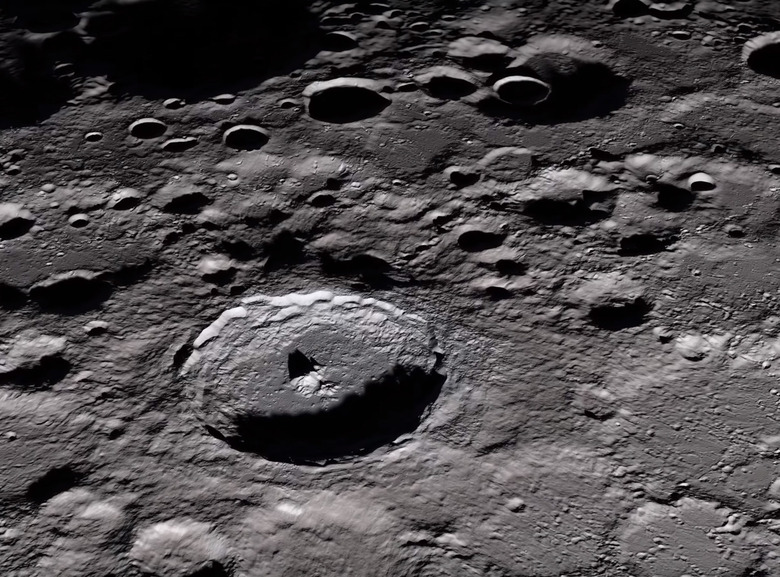Want To Pretend You're On The Moon? Just Move To Montana
- Moonrock analogs can be found right here on Earth, and Montana is now a major source of simulated lunar material for NASA.
- The mineral anorthosite is common on the Moon, but more difficult to find here on Earth.
- A mining location in Montana has proven to be a treasure trove of the mineral, which is a big score for scientists.
- Visit BGR's homepage for more stories.
The Moon is awesome. I mean, at least from afar it certainly seems pretty cool. You could stare at high-resolution photos of the Moon for hours and never really get bored, there's just so much to take in. We can't live on the Moon (yet), of course, but once the option is available I'm sure there are plenty of people who would love to try.
In the meantime, if you're searching for a place on Earth that bears a resemblance to the lunar surface, NASA says Montana is a good place to look.
We often don't imagine that the surfaces of the Moon and Earth have much in common, but that depends entirely on where you look. Some areas of Earth — such as the Stillwater Complex in Montana — are not only rocky and dusty like the Moon, but contain some of the same minerals.
As NASA explains in a new blog post, this unique location in Montana is the site of mining operations, and while there are those who use it as a source of precious metals or other valuable materials, the surrounding land is littered with a type of rock that is found all over the Moon. It's a mineral called anorthosite, and it's what helps give the Moon its iconic, high-contrast appearance.
From Earth, lunar anorthosite is visible as the light-colored, highly reflective parts of the Moon's surface known as the lunar highlands. These are the Moon's oldest rocks—more than 4 billion years old—and covered the young Moon's entire surface before its crust was pummeled and broken up by asteroids and comets.
The Apollo missions brought back heaps of the mineral, but it's still a finite supply. You can't just ask to play with Moon rocks even if you're a scientist, but finding the same type of rock here on Earth makes things a lot easier.
"The Stillwater Complex can teach us about the formation of anorthosite itself, as well as what the surface of the Moon is like in the lunar highlands regions," Sarah Deitrick, of NASA's Johnson Space Center said in a statement.
Using the Earth-sourced anorthite as a simulant of lunar material works well, despite external factors that can cause small changes to its composition over time. As a simulant, it can be used in the testing of a variety of equipment that will soon make its way to the lunar surface as part of the Artemis missions.
"The reason I got interested in simulants was quite simple," Doug Rickman, a lunar geologist working with NASA, explains. "If you are going to send a billion-dollar system to the Moon you have to test it. If you mess it up on the Moon, it is a long walk back to the nearest hardware store to get parts."
